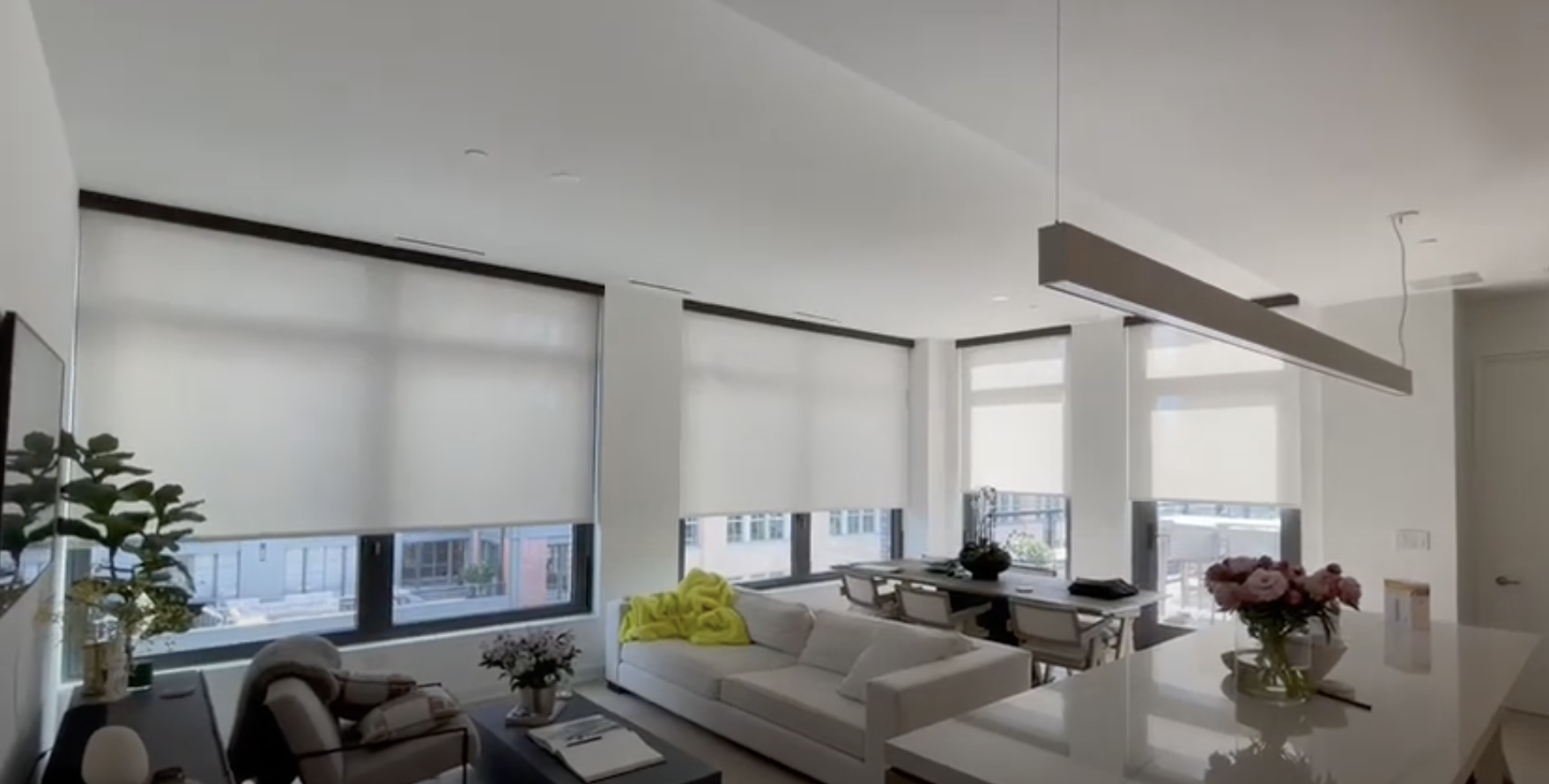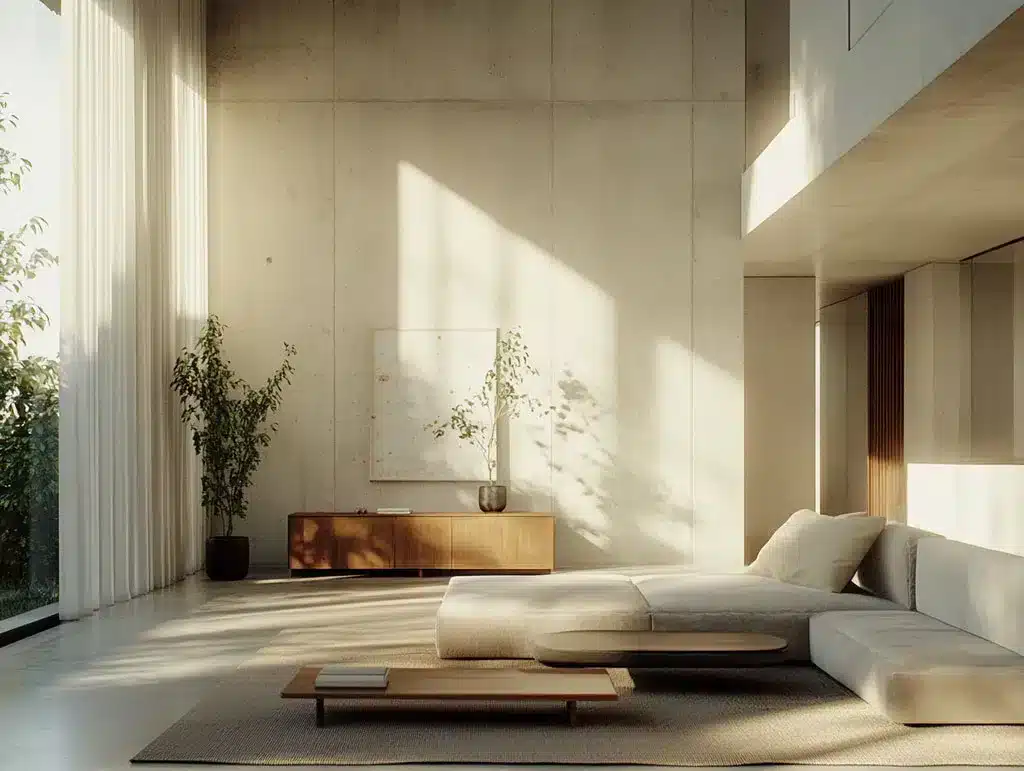Window blinds come in various designs and operate under numerous control schemes. A conventional window blind is constructed of numerous long, horizontal, or vertical slats of hard material, including wood, plastic, or metal, which are kept together by cords that pass through the blind slats.
You can purchase blinds for your windows with this comprehensive guide. Discover the most recent and cutting-edge blinds available on the market today, along with your alternatives and where to purchase them.
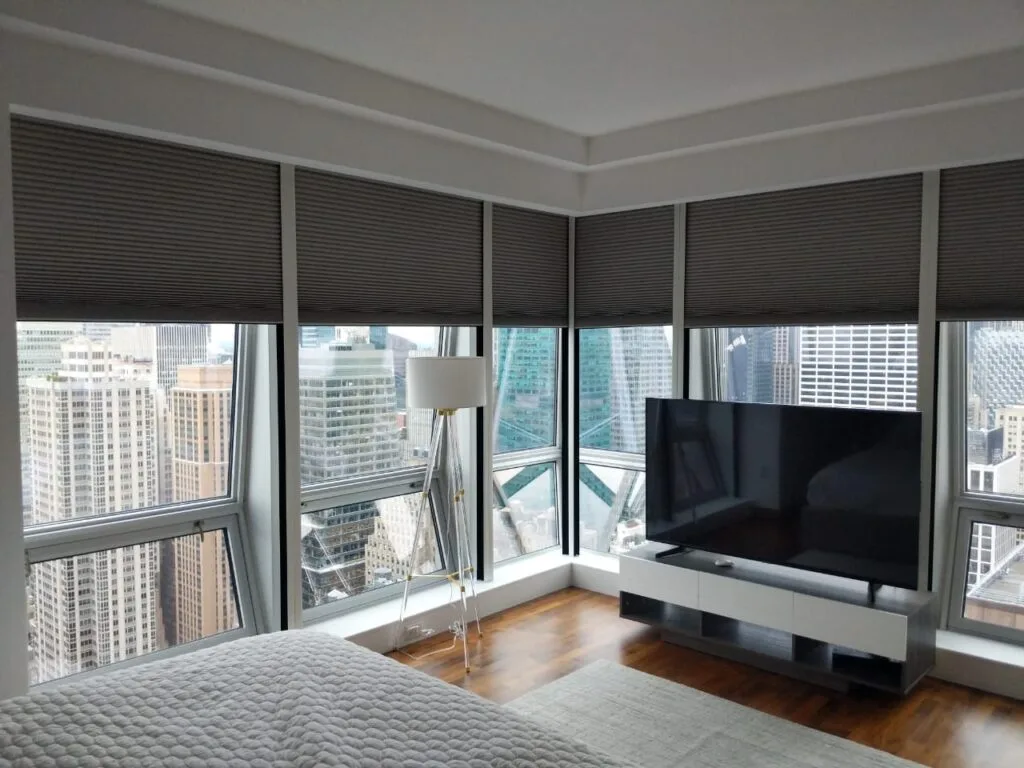
TYPES OF BLINDS
VENETIAN BLINDS
This is the most typical type of blind. They are horizontal blinds with horizontal slats fastened together with tapes or strings. The bottom slat of a Venetian blind presses into the slat above it as it is raised. These drapes may be tailored specifically for every window. With enameled-finish stove paint, which is incredibly durable and made to keep its appearance without showing signs of wear for many years, the slats of aluminum Venetian blinds can be painted in nearly any color and finish (matt, metallic, etc.) you can think.
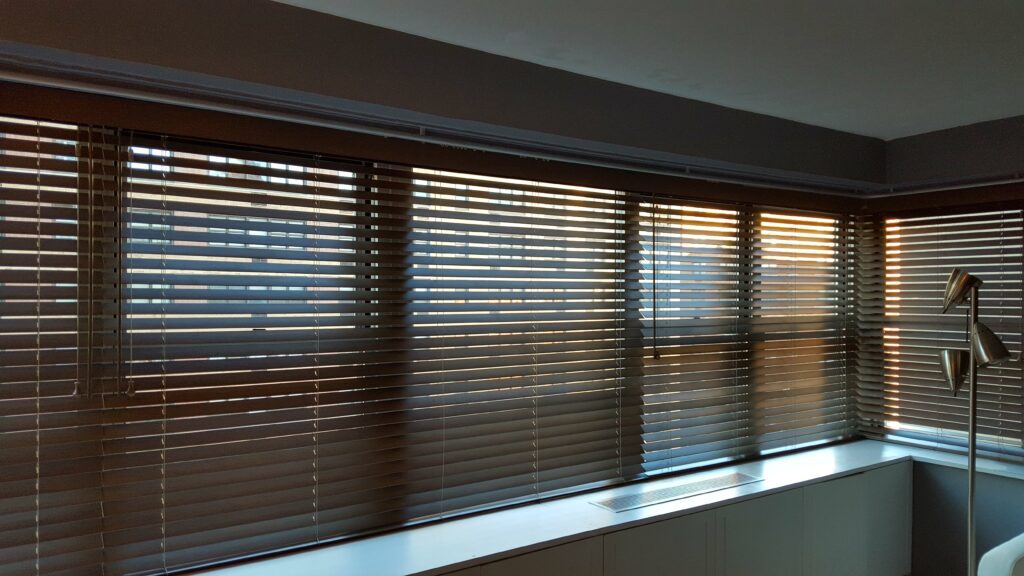
MICRO AND MINI BLINDS
Venetian blinds come in two varieties: tiny blinds and micro blinds. The same principles apply to mini blinds, which only have about an inch long slats. Even more compact, micro blinds only have half- inches long slats.
These alternatives are most effective for small windows in bathrooms and other spaces that call for a scaled-down solution.

PANEL BLINDS
A vertically hanging blind of this kind is made of broad strips of thin fabric. These blinds normally feature four broader portions as opposed to numerous thin slats and vertical blinds’ many tiny slats. Large glass doors can also use these, and sliding backdoors are where they’re most frequently installed.
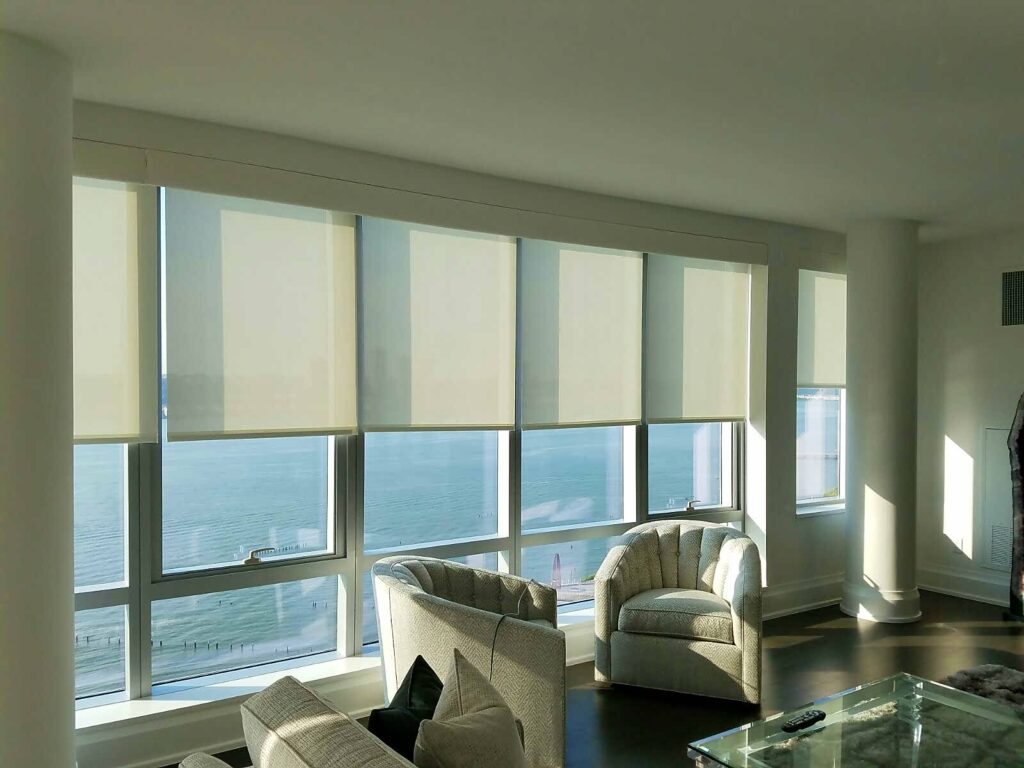
WOODEN BLINDS
Wooden blinds, among the most traditional kinds of internal window coverings, are also sometimes referred to as “timber slatted blinds” or “horizontal slat blinds.” When glass was still prohibitively expensive, wooden blinds were first an adaptation of the common exterior timber shutters.
Wooden blinds can be used in almost any type of décor, including modern, minimalist, neutral, country cottage, and shabby chic. However, don’t be put off by the latter because it is still a fashionable look. They are durable, practical, and understated.
Since they complement almost all rooms and design styles and are timeless, their versatility is one of their key advantages.
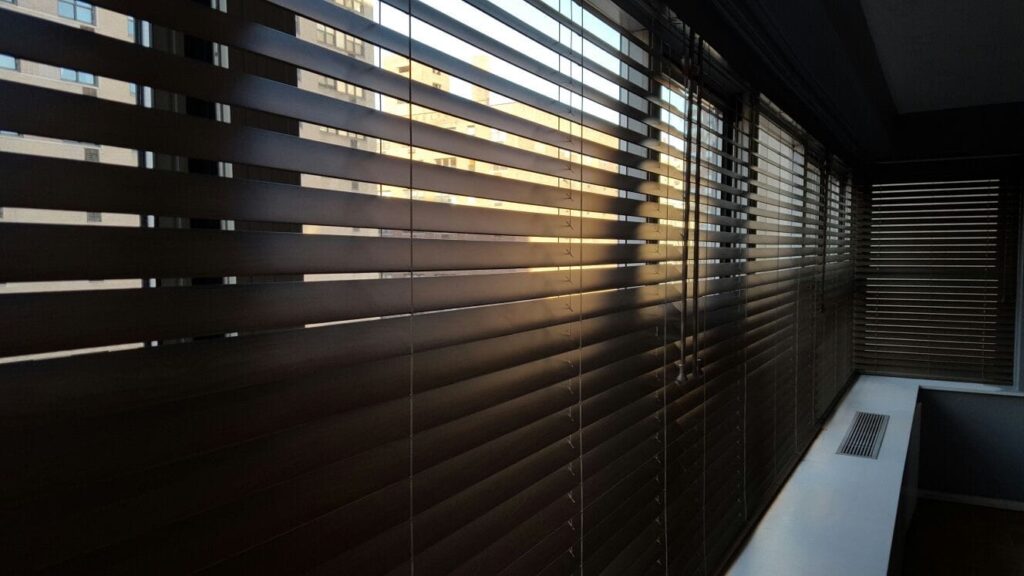
ROLLER BLINDS
A lovely cloth makes up roller blinds, and their bottom bar acts as a weight to ensure that the blind hangs straight when extended. They are dropped and raised using a spring operation or a side control (like a cord) and roll up or down around their central tube.
The fabric of a roller blind may have a simple or elegant scalloped or braided design on the bottom.
There isn’t any application that roller blinds are a bad fit for if you’re trying to decide between various types of blinds; they’re generally the most adaptable and well-liked option. The fact that they don’t take up a lot of room in the window recess is a bonus.
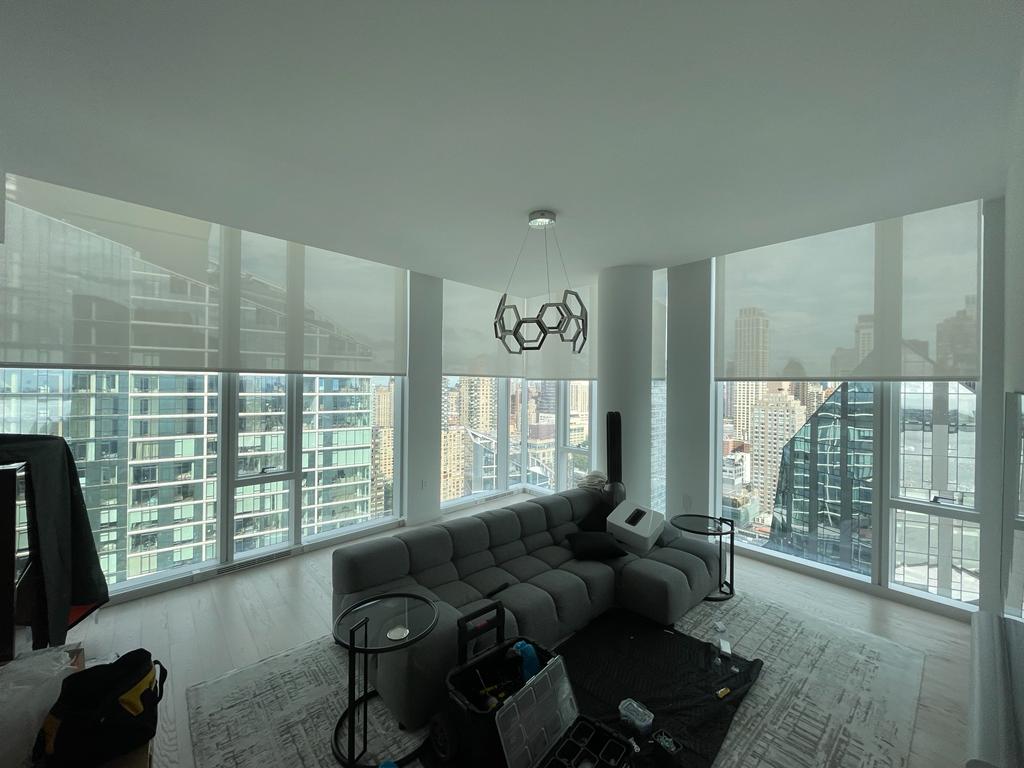
ROMAN BLINDS
They are a classy and opulent form of the blind. The material used to make them often folds back up into even horizontal pleats or folds when closed, forming flat panels when dropped into the window. Unseen cords that run up the rear of the blind itself are used to operate them.
For rooms you spend a lot of time in and arrange with care, you typically pick roman blinds. The living room, various day rooms, and possibly your bedrooms are common spaces like this.
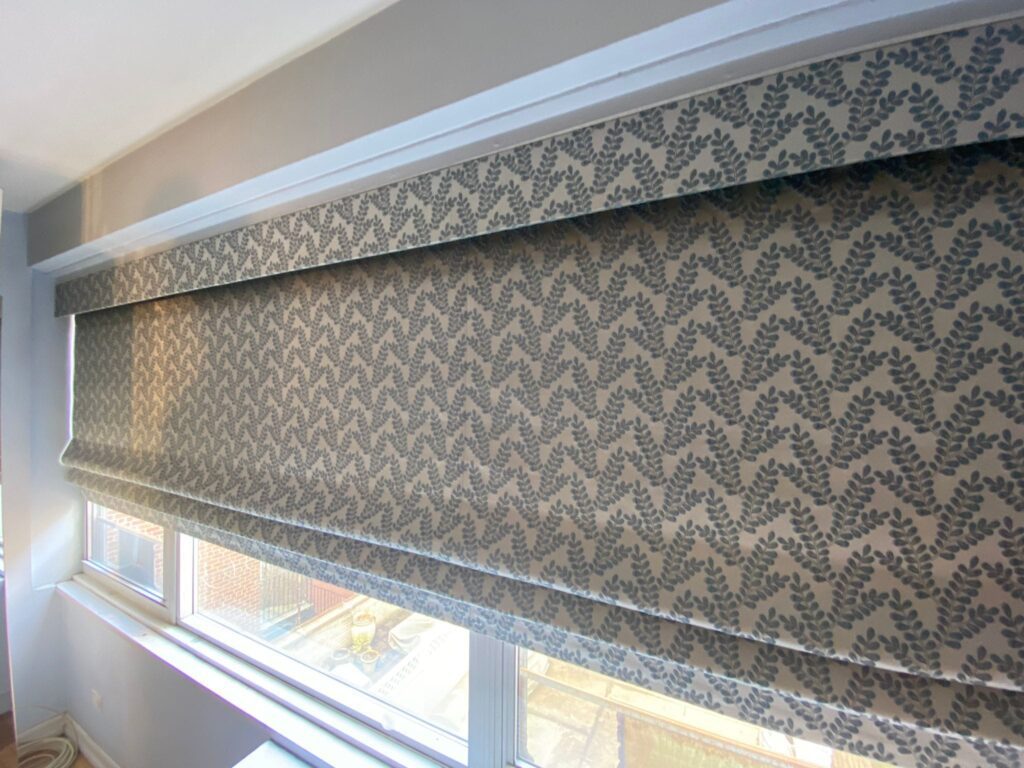
VERTICAL BLINDS
The fact that vertical blinds are, well, vertical sets them apart from the other types of blinds described above. Their slats are made of stiffened fabric, and this stiffening agent is typically used to ensure that the louvers hang properly.
The other significant distinction between vertical and other types of blinds is that vertical blinds open and close side to side (like curtains) rather than up and down. This is in addition to the fact that the slats or louvers hang vertically rather than horizontally. They are suspended from an unyielding aluminum headrail and have a range of motion that includes tilting the slats partially open at an angle with fine precision. One of the factors that makes them so well-liked in offices is the latter point.
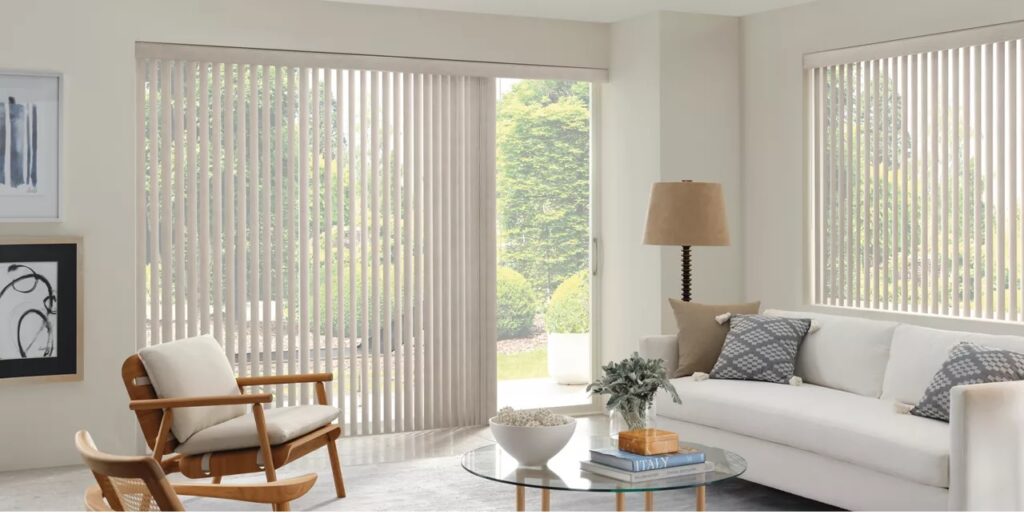
CONCLUSION
Although blinds appear to be a minor component of your home, they can provide more energy efficiency and privacy than you may realize. You can select the one you want to use and see in your home to get the best choice for your windows.

